How to choose your reconciliation software wisely
Reconciliation software solves a long-standing need for automation of key data matching and financial close processes. As soon as organizations set their mind on implementing such a solution, they contemplate on the requirements and their prioritization. However, decision makers can get mired in petty technicalities and lose sight of the important selection criteria.
The true cost of ignorance—choosing a software that doesn’t align with your business’s evolving needs—can be alarmingly high, not only in financial terms but also in lost productivity and opportunity. Here are updated insights on critical factors to consider and potential cost implications of not selecting the best finance reconciliation software for your business:
Examine closely the pricing structure for hidden costs of the reconciliation software
Understanding the full scope of software costs is essential for making an informed decision. It extends beyond the surface-level assessment of the initial cost. Buyers should consider the long-term implication when weighing the pros and cons, beyond the one-time welcome discounts, particularly when combined with protracted lock-in clauses.
Besides the user license component, the vendor pricing structure often includes variable costs like per transaction charges, infrastructure costs or professional service fees. When these costs are not transparent, they can snowball, particularly when the software requires constant external expertise for implementing any changes or accommodating specific custom requests.
Let the end user control and manage the timeline
Frequent change requests and product ownership placed outside the end user’s control can significantly affects the total cost. For example, if the reconciliation team needs to implement a new process or adjust an existing one, but the vendor addresses the change request in weeks or even months because the daily users lack authorization or knowledge. For a dynamic business, the time wasted inflates the opportunity cost.
Software that requires an expert for daily management and minor tweaks does a disservice to your team and its agility. The right tool enhances user autonomy, saving time and allowing in-house control over changes or onboarding new processes. Truly effective reconciliation software should empower users to adapt to new challenges quickly, maximizing productivity without additional cost or dependency on outside support.
Examine the scalability and reliability of your future reconciliation software
Efficiency in dealing with complex scenarios and high transaction volumes is what sets an outstanding reconciliation solution apart from the rest. A robust matching engine ensures accuracy and scalability, which translates to a direct impact on the bottom line by minimizing errors and enabling growth without proportional increases in overhead.
In the process of selecting a reconciliation solution, you should get acquainted with the solution track record of managing data matching in different situations. And above all, make sure you understand and control the criteria and rules applied to get your data aligned and reconciled in a consistent and justified manner.
A configurable reconciliation solution can fit your specific evolving needs
The ability to tailor software to your unique business needs is a game-changer. Flexible and configurable solutions permit users to set up and maintain processes that cater to varying reconciliation requirements, including complex multistep and many-to-many scenarios. This is a critical characteristic for software designed to serve diverse industries and sophisticated financial environments.
Certainly, you are keen to have your questions answered around the software capabilities to adapt quickly to changing circumstances because change is the only constant thing. A robust solution should accommodate unconventional matching logic and apply flexible rules to cover a broad range of specific data comparisons. And yours, in particular.
Keep your integration and deployment options open
Limited deployment options can corner a company into costly infrastructure investments or unanticipated compatibility issues. Businesses have various consideration when choosing between the cloud (flexibility, accessibility, significantly lower costs) or on-premise deployment (exclusive control, frequent security audits, etc.).
Opting for a solution that offers a range of deployment options resolves a common dilemma where a single shortfall can become a deal breaker. It is important to address in advance application security concerns with features like support for Single Sign-On (SSO) or Active Directory. Having those requirements met removes roadblocks and simplifies integration with existing systems.
What is the range of automation capabilities your reconciliation software offer?
The extent and ease of automation that a reconciliation software provides can redefine an organization’s efficiency metrics. Sticking to a familiar user interface and existing skills makes the transition from Excel to a fully-fledged reconciliation system easier. Instruments to facilitate free data flow, transformation and smart connectivity with third party systems make a material difference for a reconciliation platform and its users.
There are strong indications that data transfer bottlenecks and intermittent human interventions create massive inefficiencies. Features like SFTP, direct connections, APIs, and middleware integrations (such as Celigo) need to be assessed for their potential to cut down manual workload and streamline reconciliation processes.
Continuous product development and superb technical support
Lastly, the breadth of post-sale support and ongoing investment into the development of the product cannot be overstated. Choosing a provider focused on advancing their software guarantees that you benefit from evolving features and improvements and stay confident that the platform will not fall behind of the latest technology innovations. Direct access to product specialists for support and feedback ensures that the software you invest in today grows alongside your business needs.
The high price of the wrong choice
The consequences of choosing the wrong reconciliation software can manifest as cumbersome processes, data integrity issues, or compliance risks—each carrying its own financial implications and dragging on employee morale.
Prospective software buyers, particularly those in Finance and Accounting roles, are advised to look beyond traditional selection criteria. Consider the broader life cycle costs, the finesse of the technology offered, the adaptability to future challenges, and the quality of ongoing support.
In the quest for the perfect financial reconciliation software, integrating these considerations will ensure you are investing in a solution that will not only meet the immediate demands but also will support the ambitions of your organization to grow while making your life easier.

 follow our blog
follow our blog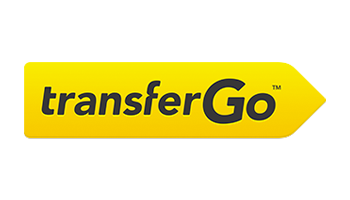
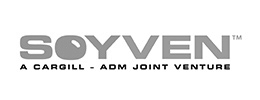




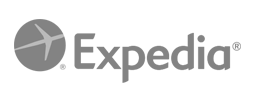

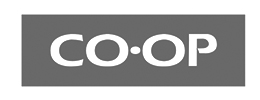


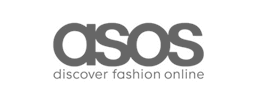

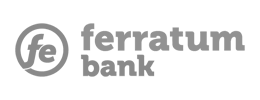


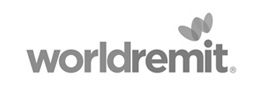

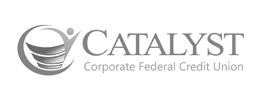




 Quick response
Quick response

